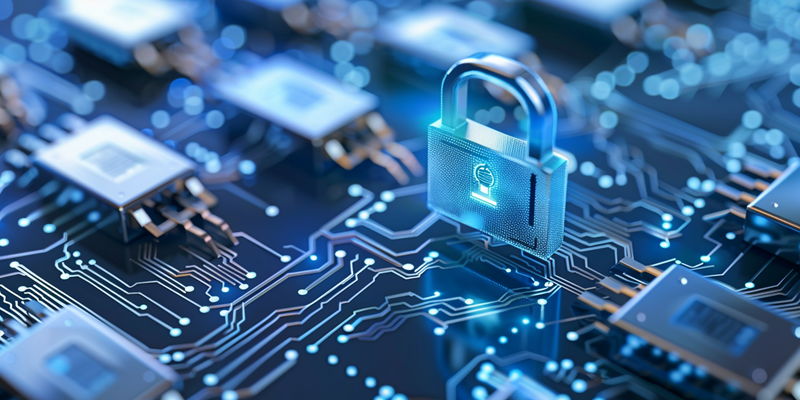In an era where digital threats are escalating, protecting a business’s endpoint infrastructure is more critical than ever. IT teams are the sentinels at the gates of an organization’s network, and their endurance in enhancing endpoint security is of paramount importance. Implementing best practices for endpoint security can make the difference between a secured enterprise and one that’s open to devastating cyber threats. This article outlines the top ten best practices IT teams should employ to safeguard their endpoints effectively.
Identify Your Network’s Vulnerabilities
Understanding your network’s endpoints is a fundamental step in crafting a robust cybersecurity strategy. Begin by thoroughly cataloging every possible entry point that could be exploited by malicious actors. Labeling and prioritizing each endpoint based on its importance and vulnerability will allow you to allocate resources efficiently and defend the most critical assets first. Ensure you maintain an updated database as new devices connect to the network and assess their risk levels accordingly.
Implement a Forward-Thinking Software Update Protocol
One of the simplest yet most effective defensive measures is keeping your software updated. Implement a proactive strategy for managing software patches to quickly address known vulnerabilities. This act alone can significantly reduce the windows of opportunity for cyber threats. Employ tools to automate the patching process or consider managed services to alleviate the workload on your team. Always prioritize patches by their criticality and test them in controlled environments before broad release.
Strengthen Access Security with Additional Verification Steps
The more verification steps there are, the tougher it becomes for unauthorized individuals to infiltrate your systems. Multi-factor authentication (MFA) is an essential component of a modern security framework, adding an additional layer of defense at the point of access. This should be a standard requirement, particularly for endpoints dealing with sensitive data. Regularly check and update MFA settings to ensure they are as effective as possible.
Apply the Minimum Access Necessary Policy
Restricting user access rights to the bare minimum required for them to perform their job functions can greatly reduce the risk of internal and external threats. This approach is known as the principle of least privilege, and it’s a cornerstone of endpoint security. Continuously review and adjust access permissions to mitigate risks without unduly impacting productivity. Employ regular access audits to maintain tight control over your endpoints.
Enhance Protection with Multiple Security Levels
A defense-in-depth strategy is like constructing a fort with multiple walls. Employing a combination of firewalls, antivirus, EDR, and intrusion detection systems can create a comprehensive barrier against varied cyber threats. This multi-layered approach helps ensure that if one line of defense is compromised, additional layers provide continued protection.
Insist on Instant Endpoint Monitoring and Insights
The faster a threat is identified, the less damage it is likely to inflict. Opt for endpoint security tools that provide instant monitoring and telemetry. Having access to real-time data helps in identifying anomalous behavior swiftly, mitigating threats before they can escalate into full-blown breaches.
Deploy Endpoint Detection and Response (EDR) Capabilities
An EDR solution should be a key component in your endpoint security arsenal. EDR tools allow for constant monitoring and swiftly adapt to new threats, going beyond traditional preventive measures. They enable quick detection, investigation, and response to incidents, making them invaluable for maintaining a strong security posture.
Define Policies for Personal Device Usage at Work
BYOD policies are essential to manage the risks associated with employees using personal devices for work-related activities. These policies should set clear guidelines for acceptable use and security requirements, helping to ensure even personal devices conform to organizational standards.
Cultivate a Well-Informed Workforce through Cybersecurity Education
The human element of cybersecurity is often the most unpredictable. Regular training empowers employees to act as the first line of defense against cyber threats. By educating them on the latest threats and best security practices, you enhance your endpoint’s security and your organization’s resilience against attacks.
Perform Consistent Security Evaluation and Compliance Checks
Consistent evaluations and compliance checks are critical in ensuring that security measures remain effective over time. It’s essential to continuously monitor and assess your security posture and adhere to industry regulations and standards. Regular audits will help identify potential vulnerabilities that need to be addressed and ensure all security practices are up-to-date.

